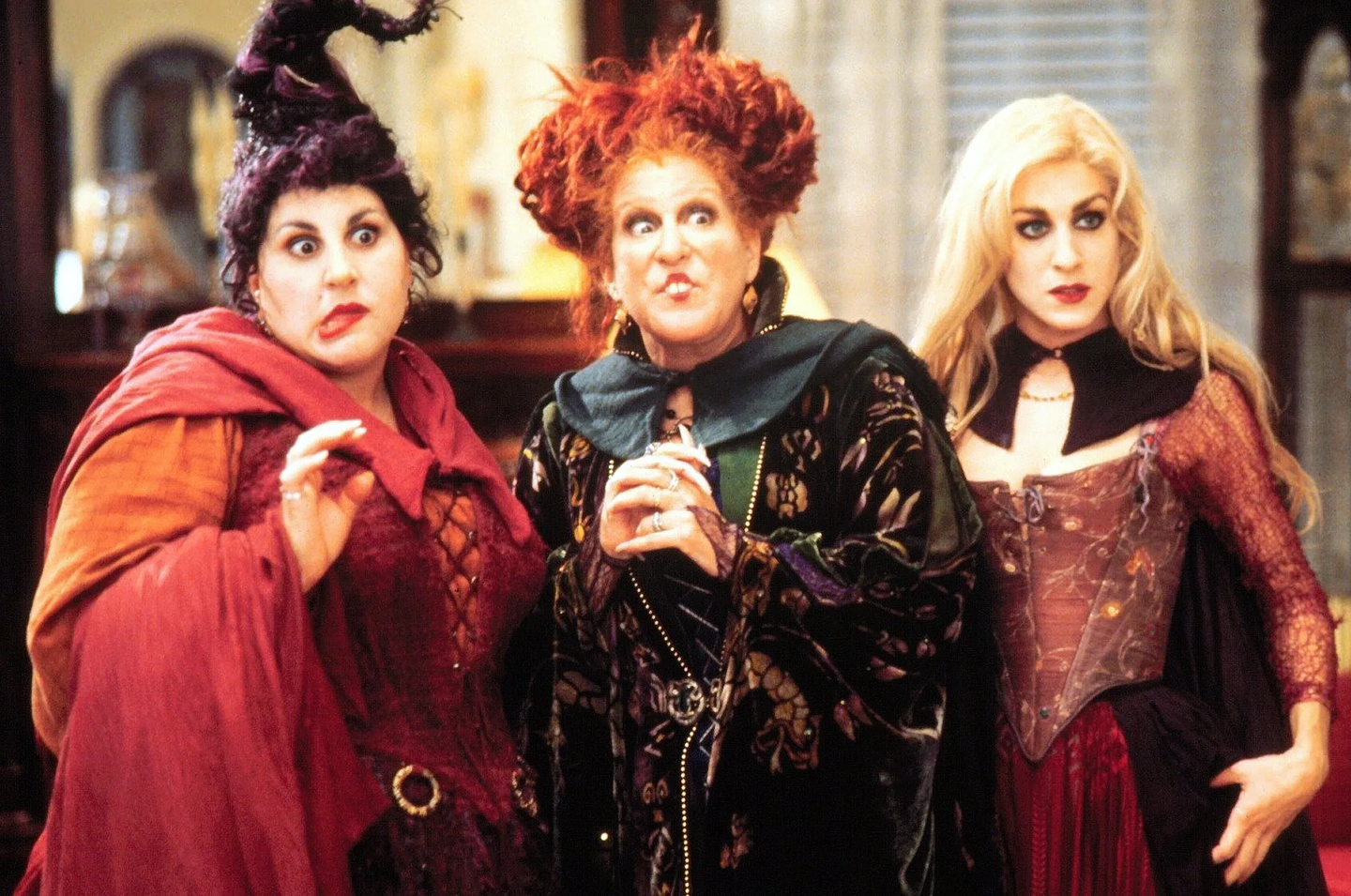
Navigating Early Horror Experiences: Don’t Let Nostalgia Get in the Way of Good Choices!
Jess on Oct. 30, 2024
On Halloweek, it can be easy to get caught up in nostalgia and want to share those spooky childhood classics with your young ones. Films like Hocus Pocus, The Haunted Mansion, or Beetlejuice may pop up on your streaming services, calling on you to introduce them to a new generation. But hold on a moment! Before you hit play, remember this: what once thrilled you as a child may not resonate the same way with your tamariki.
Some parents are eager to dive into the horror genre with their kids, but how do you know when they’re ready? Ask them: “What do you think a spooky movie is?” or “Are there any scary creatures that you don’t like?” These questions can help you get a sense of their comfort levels. It’s important to note that not every scare is suitable for every age. Younger tamariki can be particularly sensitive, and we want to ensure that their first experiences with spooky films don’t leave any lasting fears. Fear doesn’t have an age limit, so try to pinpoint where those lines and boundaries are for your child. A great starting point for introducing horror to your tamariki is exploring Tim Burton films. We’ve created a handy guide ranking his movies from most to least suitable for kids, which you can check out here.
It's also useful to take a moment and reflect on your own experiences. What movies and their specific moments scared you as a child that may even have a lasting impact on you to this day? Mine was The Mask… I still wince every time I see that face. If you can’t quite remember, there’s lots of forums and online discussions about nostalgic horror. These can have interesting insights, and maybe even a short clip to rejog your memory!
Tips for a spooky whānau night
Once you’ve chosen a film, keep these tips in mind:
Before you begin:
As you get ready for movie night, take a moment to discuss what to expect with your child. Use our Find a Rating tool to check the film’s age rating, content warnings, and a detailed breakdown of any elements that might be unsettling for them.
During the movie:
As you’re watching, pay attention to your child’s reactions. Are they laughing at a scene that’s meant to be scary? Are they hiding behind a pillow? Is there popcorn in the air? Being mindful of how they respond to certain scenes will help you understand their comfort zone. If they seem uneasy, don’t hesitate to pause the film. Use this moment to chat about their feelings and what they’re experiencing.
Open the floor for conversation by asking questions like, “How did that scene make you feel?” or “What was going through your mind during that moment?” This dialogue allows your child to express their emotions, which can be a valuable part of processing their experience. Encourage them to talk about what they found frightening or thrilling and reassure them that it’s perfectly normal to feel scared. By discussing their feelings, you not only validate their emotions but also help them understand their reactions better.
Also, sound matters! It’s not just about covering their eyes during intense scenes, sounds can be equally overwhelming! If your child is startled by sudden noises or eerie music, encourage them to cover their ears. Explain that blocking out sound can help reduce sensory overload and anxiety. We talk more about sounds and their impacts over on this blog.
Post-movie chat:
After the credits roll, it’s time for some critical thinking! Ask questions like:
- What did you think about the scarier parts? Were they fun, or maybe a bit much for you?
- How did the characters handle challenges or spooky surprises? What would you have done?
- Did anything in the movie remind you of something you’ve seen or experienced before?
For older tamariki or rangatahi, you can dive a little deeper:
- How did the more violent or intense scenes make you feel? Do you think they were necessary for the story?
- Did the film do a good job balancing its darker themes with the overall message?
- Was there anything that caught you by surprise or made you think differently about certain situations or emotions?
Not only is this a fun way to chat about the movie, but it also encourages tamariki to think critically about what they’ve just watched. Plus, it gives you insight into how they’re processing different levels of content.
This week, let’s embrace the spooky fun while being mindful of what our tamariki can handle. By choosing films thoughtfully and engaging in open conversations, you’ll help create positive and memorable experiences that bring your whānau closer together.
Further reading:
Subscribe to our blog
Stay up to date with the Classification Office blog.


